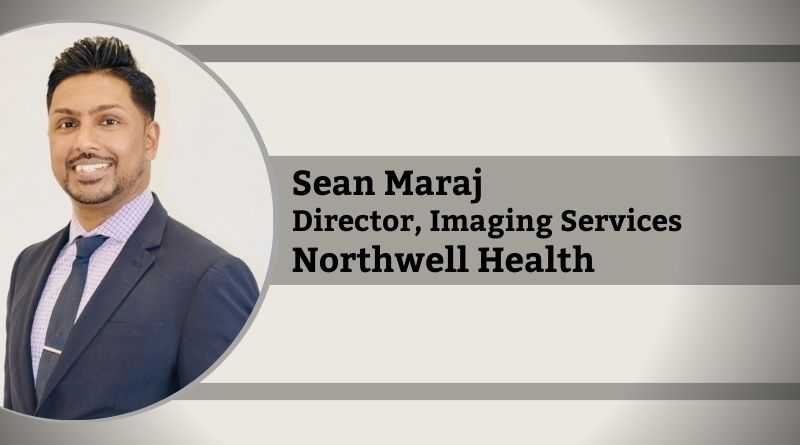Emerging Technologies Transforming Medical Imaging: Challenges and Impacts
By Sean Maraj, Director, Imaging Services, Northwell Health
As a Director of Imaging Services at one of the Northeast’s largest health systems hospitals, I have seen the crucial role medical imaging plays in diagnosing and treating various diseases and conditions. Over the years, technological advancements have significantly improved the quality and efficiency of medical imaging techniques. Today, emerging technologies are revolutionizing the field, offering new possibilities, and addressing existing challenges. However, adopting these technologies comes with its own set of hurdles, and their positive and negative impacts are worth considering.
1. Artificial Intelligence (AI) and Machine Learning (ML) in Medical Imaging
AI and ML have become instrumental in medical imaging, enabling more accurate and faster diagnostics. These technologies can analyze vast amounts of data from different imaging modalities, such as X-rays, MRIs, and CT scans, aiding in early disease detection and precise treatment planning.
Positive Impact: AI-based algorithms can enhance the detection of anomalies, leading to quicker diagnosis and potentially saving lives. Moreover, they can improve workflow efficiency, allowing radiologists to focus on more complex cases.
Negative Impact: The integration of AI may raise concerns regarding the displacement of radiologists’ roles and potential errors in algorithmic decisions. While more information is generally better, you must have a quality control program in place that accounts for careful validation and regulation.
Emerging technologies undeniably transform medical imaging, offering a new era of possibilities in diagnosis, treatment, and medical training.
2. 3D Printing in Medical Imaging
3D printing has brought remarkable changes to medical imaging by creating patient-specific anatomical models. Surgeons can use these models to visualize and plan complex procedures, improving surgical outcomes.
Positive Impact: 3D-printed models offer better surgical precision, reduced operating times, and enhanced patient communication. They also enable medical professionals to practice complex surgeries without putting patients at risk.
Negative Impact: The cost of 3D printing technology and materials may limit its accessibility in certain medical facilities, especially in developing regions.
3. Augmented Reality (AR) and Virtual Reality (VR) in Medical Imaging
AR and VR technologies are finding applications in medical imaging by providing immersive experiences for medical training and pre-operative planning.
Positive Impact: These technologies offer interactive and hands-on learning experiences for medical students, enabling surgeons to simulate surgeries before performing them on patients, reducing errors and complications.
Negative Impact: Integrating AR and VR technologies into healthcare settings requires investments in equipment and specialized training for medical professionals, which may be a barrier for some institutions.
Challenges in Adopting Emerging Technologies
- Data Privacy and Security Concerns: Utilizing emerging technologies involves handling vast amounts of sensitive patient data, raising concerns about privacy and safeguarding against potential data breaches.
- Interoperability: Integrating new technologies into existing medical imaging systems can be challenging, as seamless interoperability with other healthcare platforms must be ensured.
- Regulatory Hurdles: The introduction of new technologies into the medical field requires thorough validation and compliance with strict regulatory standards to ensure patient safety and efficacy.
Positive Overall Impact
The integration of emerging technologies in medical imaging has the potential to revolutionize healthcare. Quicker and more accurate diagnoses can lead to better patient outcomes and reduced healthcare costs. Additionally, improved training and simulation tools can enhance the skills of medical professionals, benefitting the overall quality of care.
Negative Overall Impact
Despite the numerous benefits, there are concerns surrounding job displacement, data privacy, and accessibility to advanced technologies. Additionally, the high costs of adopting emerging technologies may widen the gap between well-funded healthcare institutions and resource-limited facilities.
Conclusion
Emerging technologies undeniably transform medical imaging, offering a new era of possibilities in diagnosis, treatment, and medical training. While the positive impacts promise significant advancements, adoption challenges and potential negative consequences must be carefully navigated to ensure equitable and safe implementation. By addressing these issues proactively, the medical community can harness the full potential of these technologies to improve patient care and medical outcomes.

